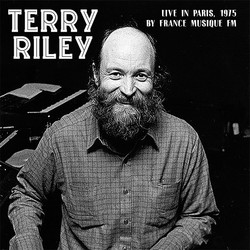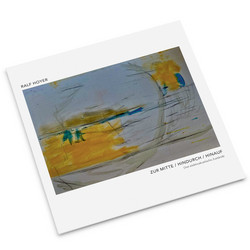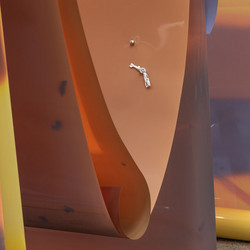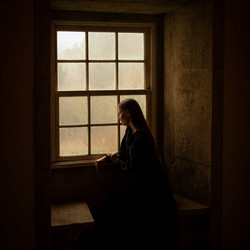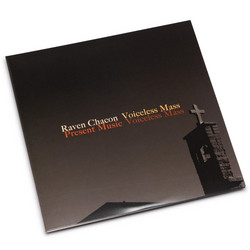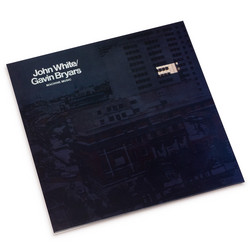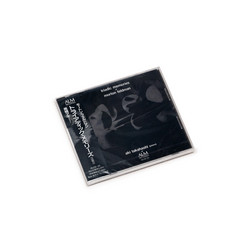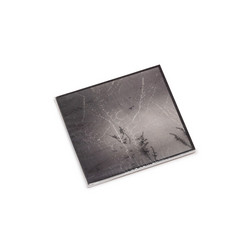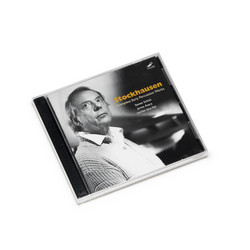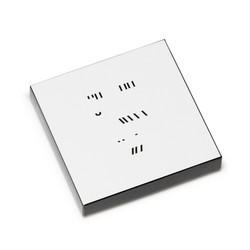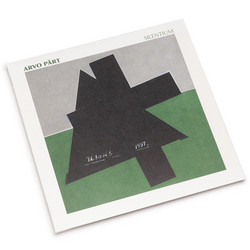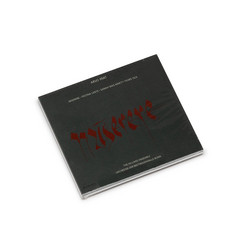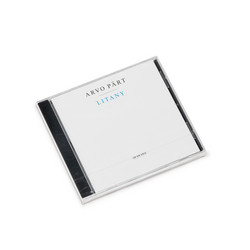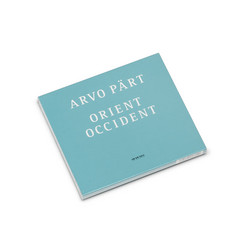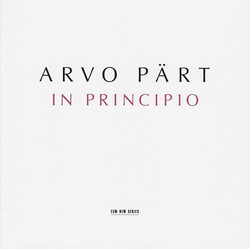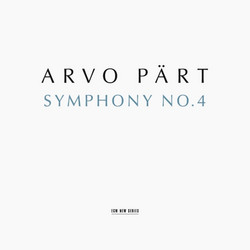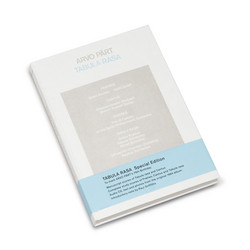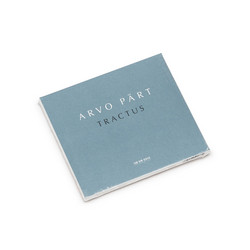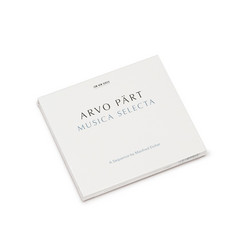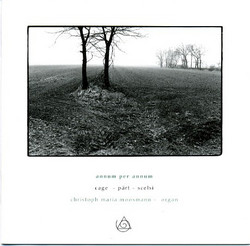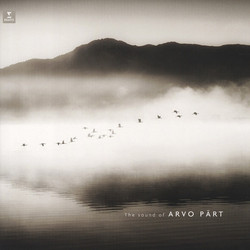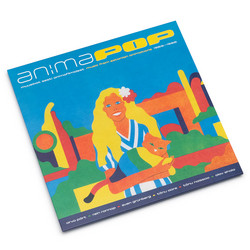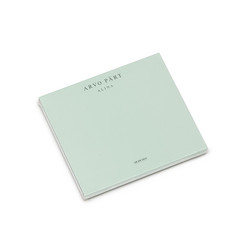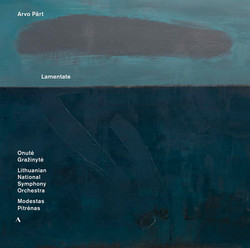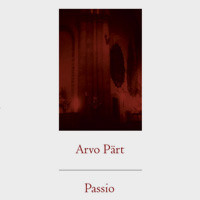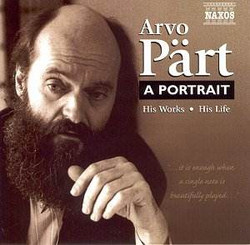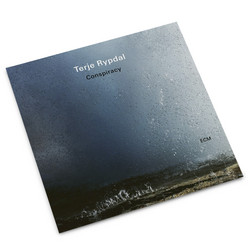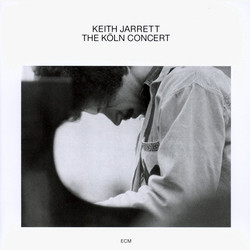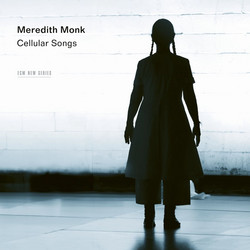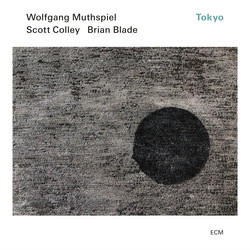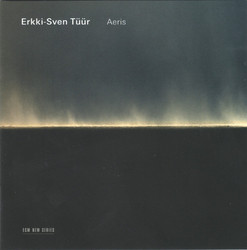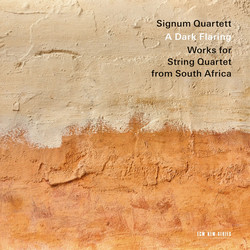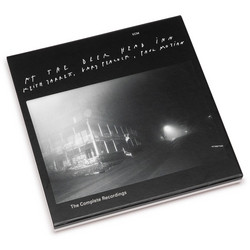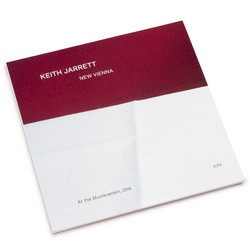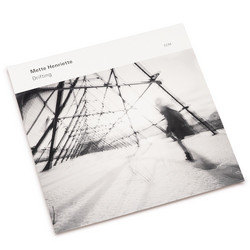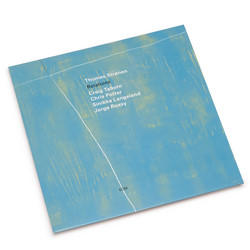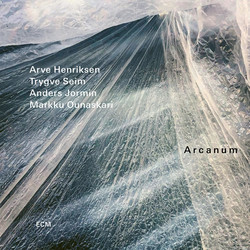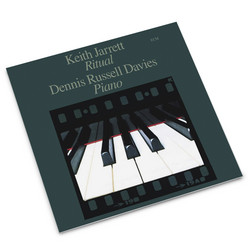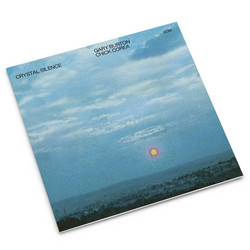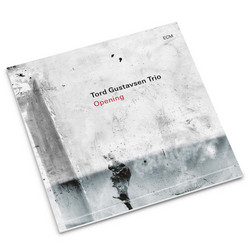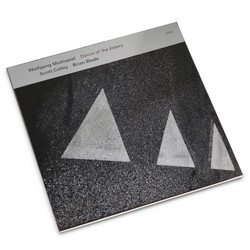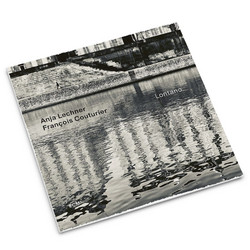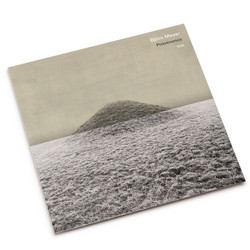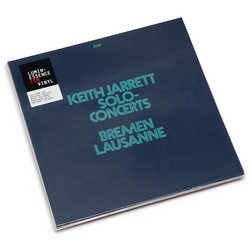Arvo Pärt, Estonian Philharmonic Chamber Choir, Tallinn Chamber Orchestra, Tõnu Kaljuste
Te Deum
*2024 stock. Deluxe packaging* "Te Deum employs Pärt's signature tintinnabuli compositional style. Tintinnabuli is often described as a minimalistic compositional technique, as its harmonic logic departs from that of the tonal tradition of Western classical music, creating its own distinct harmonic system. Tintinnabulation is a process in which a chosen triad encircles a melody, manifesting itself in specific positions in relation to the melody according to a predetermined scheme of adjacency. In its most rudimentary form, Pärt's tintinnabuli music is composed of two main voices: one carries the usually stepwise melody (M-voice) while the other follows the trajectory of the melody but is limited to notes of a specific triad (T-voice). In the case of Te Deum, it is a D triad that is featured in the T-voice, and as such provides the harmonic basis for the entire piece.
The work is scored for three choirs (women's choir, men's choir, and mixed choir), prepared piano, divisi strings, and wind harp. According to the Universal Edition full score, the piano part requires that four pitches be prepared with metal screws and calls for "as large a concert grand as possible" and "amplified". The wind harp is similar to the Aeolian harp, its strings vibrating due to wind passing through the instrument. Manfred Eicher of ECM Records "recorded this 'wind music' on tape and processed it acoustically." The two notes (D and A) performed on the wind harp are to be played on two separate CD or DAT recordings. According to the score preface, the wind harp functions as a drone throughout the piece, fulfilling "a function comparable to that of the ison in Byzantine church music, a repeated note which does not change pitch."
On an ECM records leaflet, Pärt wrote that the Te Deum text has "immutable truths", reminding him of the "immeasurable serenity imparted by a mountain panorama." His composition sought to communicate a mood "that could be infinite in time—out of the flow of infinity. I had to draw this music gently out of silence and emptiness." (Hillier 140)" - Wikipedia


